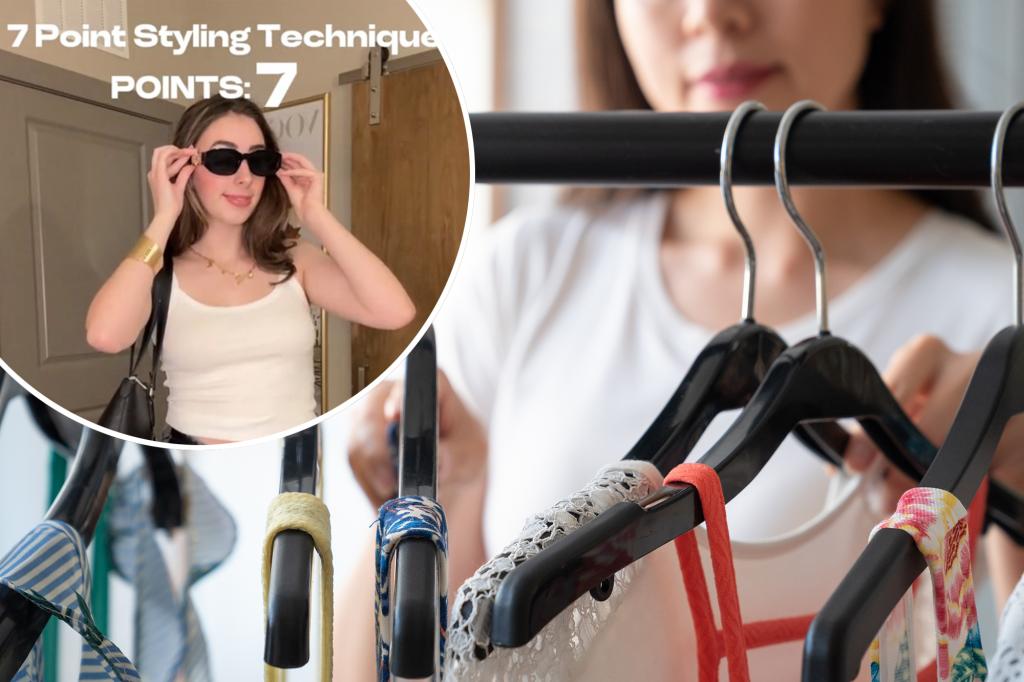They are fashionable mathematics.
The 7 -point trick is burning fire, helping many to level their appearance, and use what is already in your closet, without sweating.
This is how it works: each garment and accessory obtains a point value. The simpler the garment, the less points you will have. So, the basics, like a simple shirt or classic jeans, are worth one.

The declaration pieces, such as bold impressions, funky boots or a murderous silk scarf, two are won.
“The ideal outfit gets seven or eight points, never less than six or more than 10,” Stephanie Conklin fashionable blogger recently wrote in Medium.
While all this is subjective, any attire that equals more than seven or eight points could be considered too busy or striking.
There is no need to think about it too much, that is the beauty of the rule.
So what is an example of an outfit that follows this rule? A simple white t -shirt, jeans and sneakers takes you to three points: elegant bones and under the maximum of seven points.
Another example of a simple but slightly elevated outfit is to continue with the same white shirt and sneakers, and exchange jeans for a more striking pair with washers (2 points because it is not a simple pair of jeans), placing layers in some gold jewels (1), throwing sunglasses (1), which equals seven or eight fashionable.
The texture, color and shape are your secret weapons, they say. The more visual interest, the greater the point value.
Of course, the 7 -point rule is not the gospel, but for generation Z, it is a way of claiming control in chaotic times.
Many resort to the “uniforms” in the style of Steve Jobs, think of neutral palettes and repetition, as a way to reduce the fatigue of the decision.

“Making apparently small changes in her work routine, such as establishing a standard work uniform, can lead to significant profits in the space of the brain over time,” said career coach Amanda Augustine to Fortune.
And in a world after the pandemic to dress for work can feel as uncertain as the economy, psychotherapist Eloise Skinner says that consistency offers comfort.
“A uniform can feel simpler, more aerodynamic and less risky in an environment that can feel new and unknown,” he said at the exit.


